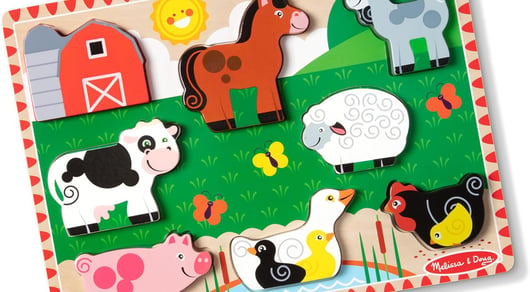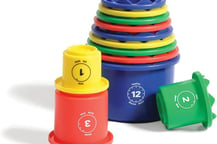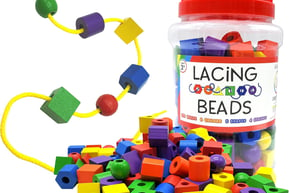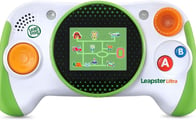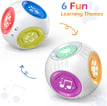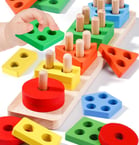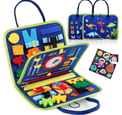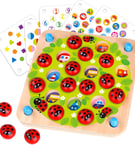Enhancing Hand and Eye Coordination with Toys: A Guide for Parents
7/23/20242 min read
Introduction to Hand and Eye Coordination
Hand and eye coordination is an essential skill that allows children to perform everyday tasks efficiently. It involves the harmonious function of the hands and eyes to guide movements based on visual input. Developing this skill early in life is crucial for a child's overall development, including their ability to write, play sports, and even perform simple tasks like buttoning a shirt. In this guide, we will explore how toys can be an excellent tool for enhancing hand and eye coordination in young children.
Choosing the Right Toys
Selecting the appropriate toys is the first step in fostering hand and eye coordination. Toys that require children to use their hands while focusing their eyes on a specific task are particularly beneficial. Building blocks, for example, encourage children to stack and balance pieces, which requires precise movements and visual attention. Similarly, puzzles and shape sorters demand that children match pieces with corresponding slots, promoting both cognitive and physical development.
Interactive Play and Learning
Interactive play is an effective way to develop hand and eye coordination. Activities like playing catch with a soft ball can significantly enhance this skill. When a child anticipates catching or throwing a ball, they are using their eyes to track the ball's movement and their hands to catch or throw it at the right moment. Additionally, video games designed for young children that require them to follow visual cues and respond with hand movements can also be beneficial, provided they are used in moderation.
Incorporating Coordination Exercises into Daily Routine
Incorporating simple coordination exercises into your child's daily routine can also be helpful. Activities such as threading beads onto a string, using safety scissors for cutting paper, or even drawing and coloring within the lines can significantly improve hand and eye coordination. These activities not only keep children engaged but also provide them with the opportunity to practice and refine their coordination skills in a fun and enjoyable manner.
Conclusion
Developing hand and eye coordination is a fundamental aspect of a child's growth. By choosing the right toys and incorporating interactive play and coordination exercises into their daily routine, parents can effectively support their child's development. Remember, the key is to make these activities enjoyable and stress-free, allowing children to learn and grow at their own pace. With the right approach, enhancing hand and eye coordination can be a fun and rewarding experience for both parents and children.
